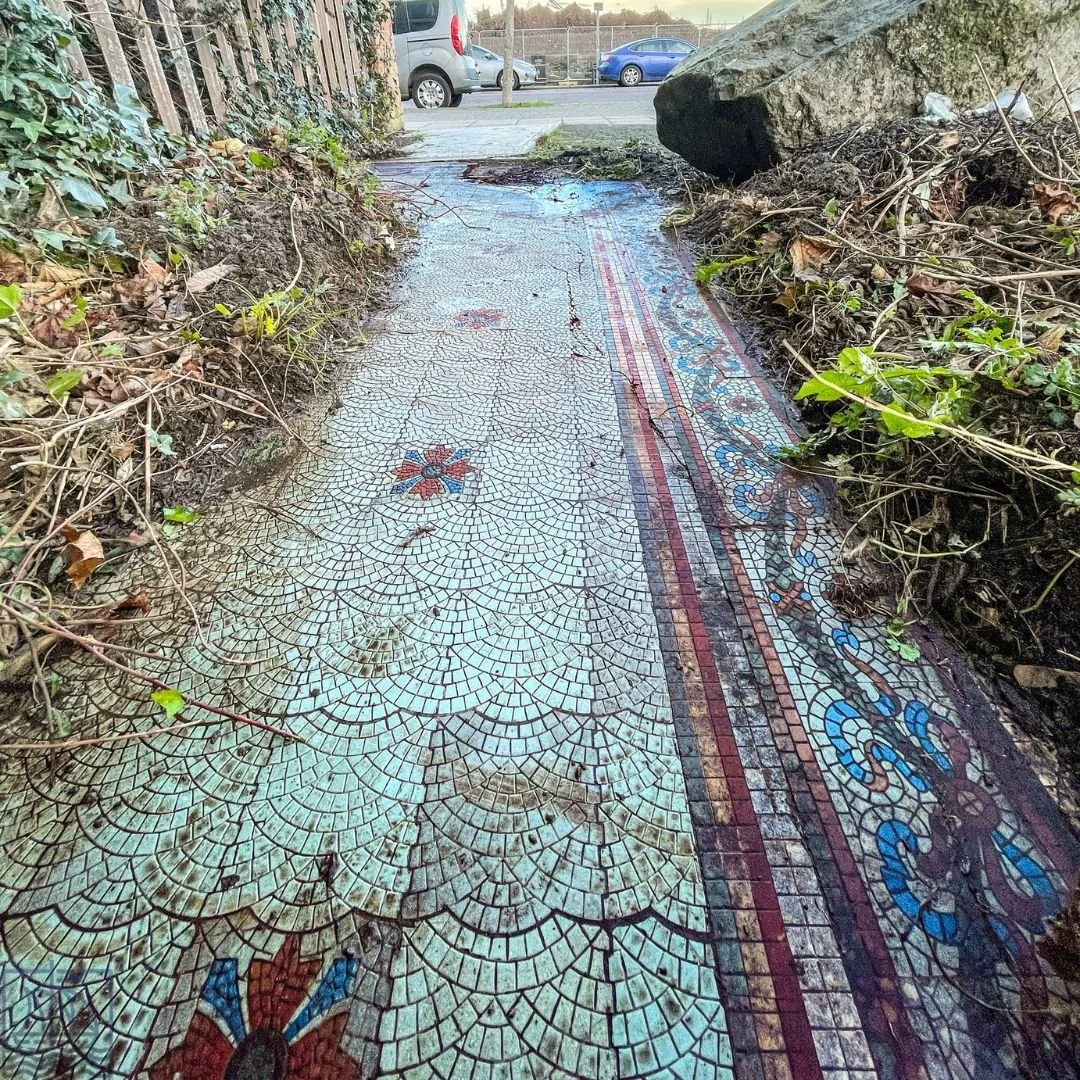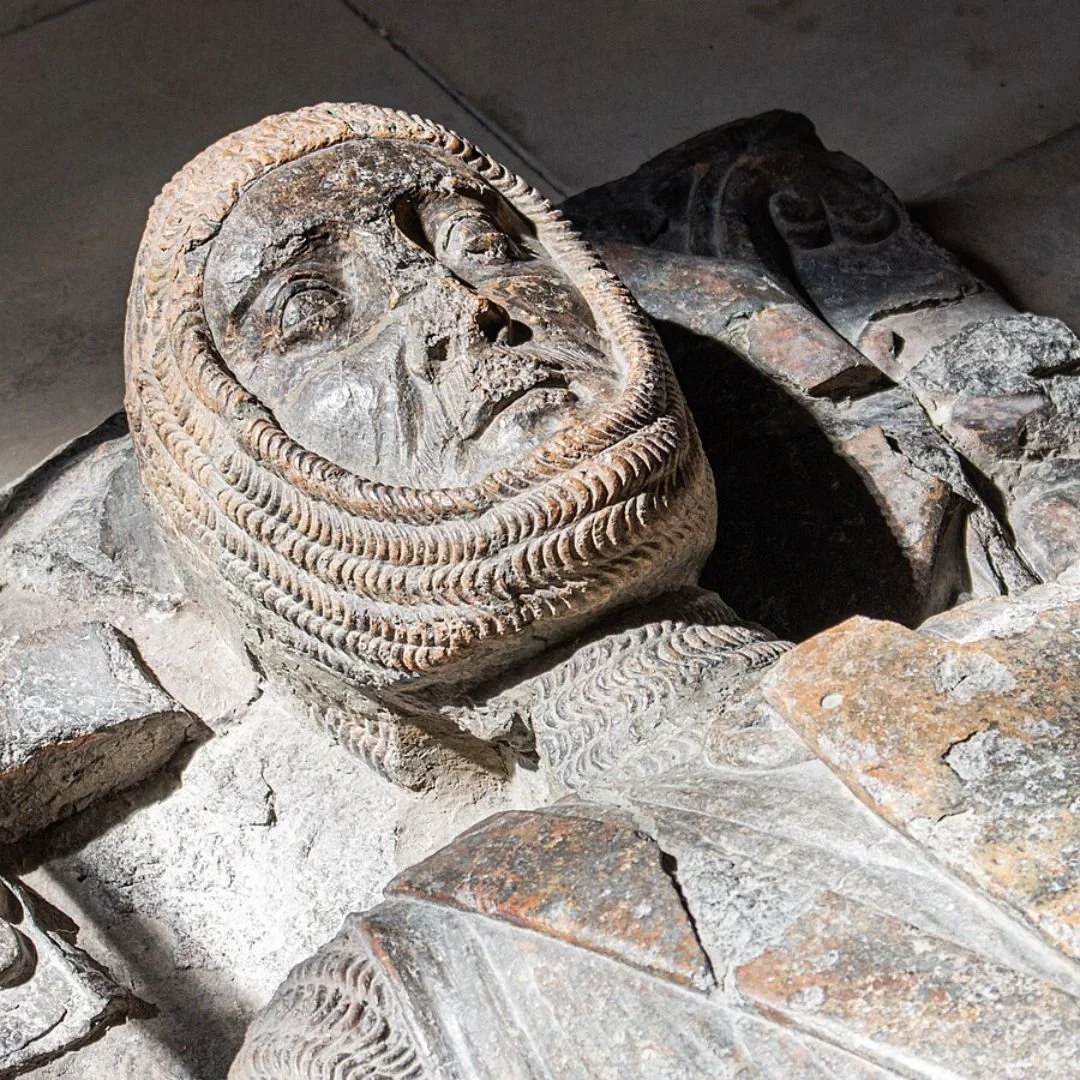Remains Of German Navy Boat In River Medway
This is the remains of a WW1-era German Imperial Navy U-Boat (UB-144, UB-145 or UB-150) embedded in mud flats on the River Medway.
Photo: English Heritage
It has been marooned on mudflats off the coast for nearly a century, but can now be seen more fully than usual after low tides following storm surges.
At the conclusion of the Great War, the U-Boat, along with 25 others, was confiscated and transported up the River Medway for scrapping on the Kent Coast in 1921.
SM UB-122 served as a German Type UB III submarine, operating within the German Imperial Navy (Kaiserliche Marine).
Commissioned on 4 March 1918 as SM UB-122, she was constructed by AG Weser in Bremen, and after nearly a year of building, was launched on 4 March 1918.
Like all Type UB III submarines, UB-122 was equipped with 10 torpedoes and carried an 8.8 cm (3.46 in) deck gun.
It accommodated a crew of up to 3 officers and 31 men, boasting a cruising range of 7,280 nautical miles (8,380 mi).
Marine archaeologist Mark Dunkley, serving as the maritime designation adviser for English Heritage, informed the Daily Mail:
"The precise circumstances leading to UB-122's final location remain unclear. It is plausible that it was being transported up the Medway estuary for dismantling purposes.
”Perhaps adverse weather conditions caused it to break away from its tow, resulting in the snapping of the cable, subsequently drifting to Hoo due to prevailing winds.
“Regarding the decision to leave it there, we can only speculate.
It might have been deemed too labor-intensive to retrieve, or navigation challenges could have hindered access to it."
Reacting to the photos online, someone said: “If this was an aircraft in one of the aircraft restoration groups, they'd be desperate to recover and restore it.”
Another person added: “I've walked on that. You need a small boat or a kayak to get to it. For any historians out there the River Medway is just the most fascinating place.
”It's had such a huge impact on global history and so much of it is still there to see. Yet most people have never heard of the River Medway.”
UB-122 was a significant asset within the German Imperial Navy during World War I. As a Type UB III submarine, it played a vital role in the naval warfare tactics employed by Germany.
These submarines were renowned for their versatility and effectiveness in carrying out reconnaissance missions, engaging enemy vessels, and disrupting maritime supply lines.
Commissioned on March 4, 1918, UB-122 was part of a series of submarines constructed by AG Weser in Bremen.
Its construction marked a continuation of Germany's relentless efforts to maintain supremacy in submarine warfare during the latter stages of the war.
With its formidable armament, including 10 torpedoes and an 8.8 cm (3.46 in) deck gun, UB-122 posed a significant threat to Allied ships traversing the seas.
One notable aspect of UB-122's design was its ability to accommodate a crew of up to 3 officers and 31 men.
This relatively large crew complement allowed for efficient operation and maintenance of the submarine during extended patrols.
UB-122's operational range was impressive, boasting a cruising range of 7,280 nautical miles (13,480 km; 8,380 mi).
This extensive range enabled it to conduct prolonged missions far from its home port, further enhancing its effectiveness in disrupting enemy shipping lanes and conducting offensive operations.
Following the end of World War I, UB-122, along with numerous other U-boats, faced an uncertain fate.
Many of these submarines were decommissioned, scrapped, or repurposed by the victorious Allied powers as part of the disarmament agreements outlined in the Treaty of Versailles.
If you enjoyed this blog post, please follow Exploring GB on Facebook for daily travel content and inspiration.
Don’t forget to check out our latest blog posts below!
Thank you for visiting Exploring GB.


















